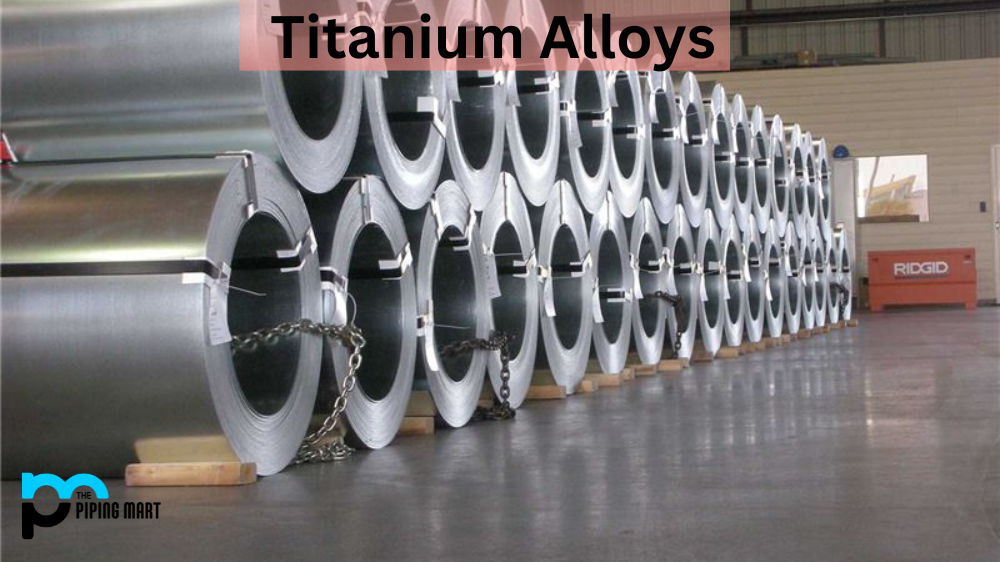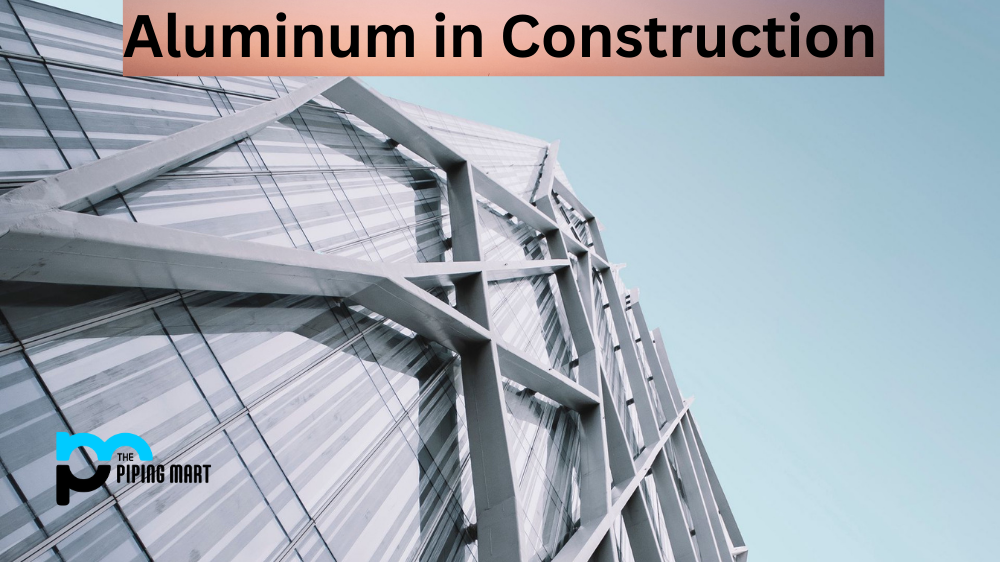Steel is an essential element in manufacturing knives and other cutting tools. Two popular types of steel used in knife making are 1070 and 1095 steel. Both are high-carbon steels with a carbon content between 0.7% and 1.0%. However, they have different properties and are suited for other purposes. In this blog post, we will compare 1070 and 1095 steel and help you determine which one is better suited for knives.
Difference Between 1070 and 1095 Steel
There are a few key differences between 1070 and 1095 steel. First, 1070 steel is lower carbon steel than 1095 steel. This makes 1070 steel easier to weld and less likely to crack when heat treated. Additionally, 1070 steel is softer than 1095 steel, making it easier to work with. However, 1095 steel holds an edge better than 1070 steel, making it a better choice for knives that will see heavy use.
Carbon Content
The primary difference between 1070 and 1095 steel is their carbon content. 1070 steel has a carbon content of 0.70%-0.80%, while 1095 steel has a carbon content of 0.95%-1.05%. The higher the carbon content, the harder the steel, and the longer it can hold an edge. Therefore, 1095 steel will hold an edge much longer than 1070 steel.
Toughness and Durability
While 1095 steel tends to be more challenging than 1070 steel, it is also more brittle. It is more prone to chipping or breaking, mainly if used for heavy-duty tasks. 1070 steel, on the other hand, is less complicated but more durable, making it ideal for knives that will be used for chopping, slicing, and other demanding tasks.
Corrosion Resistance
Both 1070 and 1095 steel are prone to rust and corrosion, exceptionally if not adequately cared for. However, 1095 steel is more susceptible to decline due to its higher carbon content. This means knives made from 1095 steel need more attention and care to prevent rust. Blades made from 1070 steel, on the other hand, are less prone to corrosion and might not require as much maintenance.
Price
The cost of the steel is also a crucial factor to consider when choosing between 1070 and 1095 steel. 1070 steel is less expensive than 1095 steel, making it an excellent option for those on a tight budget. However, while 1095 steel might be more expensive, it is also more durable and holds an edge for much longer. Depending on your budget and intended use, one might be more suitable.
Heat Treatment
Both 1070 and 1095 steel sheets can be heat treated to achieve high hardness and strength levels. However, 1095 steel will reach higher hardness levels than 1070 steel due to its higher carbon content. Additionally, 1095 steel is less likely to crack during heat treatment than 1070 steel.
Uses
1070 and 1095 steel sheets are commonly used to construct knives and other edged tools. However, due to its increased hardness and strength, 1095 steel is often used in applications where the device is heavily used or subject to wear and tear. This includes knives used for hunting or camping, as well as knives used for tasks such as chopping wood or prying nails.
Conclusion
There’s no one-size-fits-all answer when choosing between 1070 and 1095 steel for knife making. The choice ultimately boils down to your needs and preferences. If you’re looking for a knife that can hold an edge for a long time, then 1095 steel might be the better option. However, if you’re looking for a sturdy and durable knife that can take on heavy-duty tasks, then 1070 steel might be the way to go. Overall, both steels have pros and cons, and it’s up to you to determine which is best suited for your specific needs.

A passionate metal industry expert and blogger. With over 5 years of experience in the field, Palak brings a wealth of knowledge and insight to her writing. Whether discussing the latest trends in the metal industry or sharing tips, she is dedicated to helping others succeed in the metal industry.




